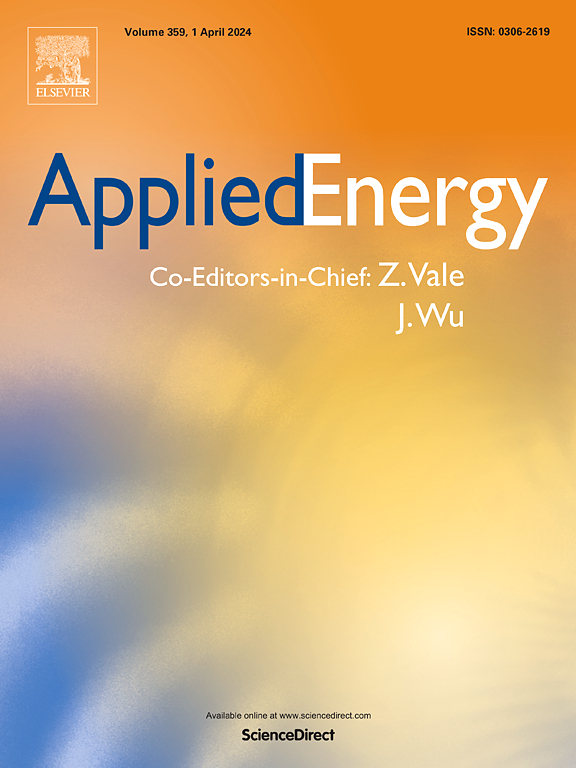Experimental investigation of transcritical CO2 mixture power cycle with dual heat sources
IF 10.1
1区 工程技术
Q1 ENERGY & FUELS
引用次数: 0
Abstract
The CO2 transcritical power cycle is a prominent technology for utilizing low- and medium-temperature heat sources. To enhance CO2 cycle performance, CO2 mixture working fluids are employed to address harsh operating conditions and high pressures. However, comparative experiments on the performance of different additives under various operating conditions have not been conducted. The mechanisms behind performance improvements in real-world environments remain validated. Therefore, this work conducted an experimental investigation on three additives at two mass fractions and pure CO2. The test bench utilized two heat sources, hot water and hot air, and the selected working fluids were tested under varying maximum temperatures and pressures. The results demonstrate that the CO2 mixture working fluids are less suitable for hot water with high specific heat and low temperature, leading to reduced heat absorption and mass flow rate. Nevertheless, the CO2 mixture working fluids can significantly reduce condensing pressure by up to 20 % under identical condensing conditions. Compared to pure CO2, the mixture working fluids show relative improvements of 2.45 % in maximum net power output and 19.46 % in thermal efficiency. CO2 mixture working fluids exhibit a greater performance advantage over pure CO2 at lower maximum pressure. Recommendations for selecting working fluid to maximize net power output are provided. This work provides operational data for CO2 mixture working fluids in real-world environments, demonstrates their effect on the matching of heat and cold sources, verifies the potential of CO2 mixtures to replace pure CO2, and offers motivation for future research and component development.
求助全文
约1分钟内获得全文
求助全文
来源期刊

Applied Energy
工程技术-工程:化工
CiteScore
21.20
自引率
10.70%
发文量
1830
审稿时长
41 days
期刊介绍:
Applied Energy serves as a platform for sharing innovations, research, development, and demonstrations in energy conversion, conservation, and sustainable energy systems. The journal covers topics such as optimal energy resource use, environmental pollutant mitigation, and energy process analysis. It welcomes original papers, review articles, technical notes, and letters to the editor. Authors are encouraged to submit manuscripts that bridge the gap between research, development, and implementation. The journal addresses a wide spectrum of topics, including fossil and renewable energy technologies, energy economics, and environmental impacts. Applied Energy also explores modeling and forecasting, conservation strategies, and the social and economic implications of energy policies, including climate change mitigation. It is complemented by the open-access journal Advances in Applied Energy.
 求助内容:
求助内容: 应助结果提醒方式:
应助结果提醒方式:


